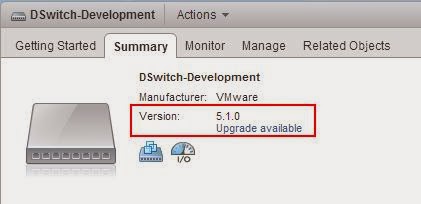A fix to Windows 2008 R2 and Solaris 10 BSOD and Kernel Panic on Intel E5 v2 Series
Few months back there were reports of Windows 2008 R2 and Solaris 10 running 64-bit experiencing BSOD or kernel panic running vSphere 5.x. Some of my customers were also impacted by this issues. With VMware Support, they identified that there are experiencing servers that are on Intel E5 v2 series processors. VMware was fast and release a temporary fix to use Software MMU however this is not beneficial as this increase the CPU and memory requirements on certain applications. So the server vendors with VMware and Intel must have gone through lots of testing and have release the updated KB2073791 . The temporary fix will still applies if your server vendors does not have an updated BIOS upgrade to make some changes to resolve this issues. If you refer to page 50 in the document stated in the KB 2703791 , CA135 is the known issue as a release document from Intel. Since a processor cannot be altered, a fixed is provided via the server vendors BIOS. Interesti...
